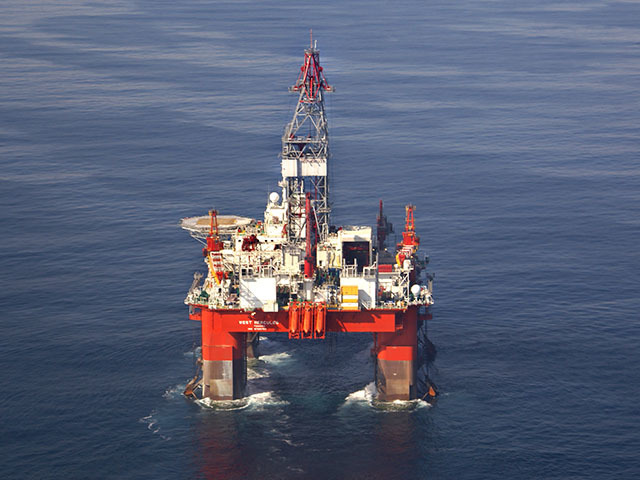
A group of oil majors are to work together in securing seismic data from the Barents Sea ahead of the licencing round for the region early next year.
A total of 17 firms, including BP, ConocoPhillips, GDF Suez and Shell, will collaborate in an industry initiative to secure 3D data for the blocks which will be awarded in 2014.
Statoil will act as operator for the work, which is due to be carried out from April next year, as focus switches to the first new area on the Norwegian Continental Shelf to be opened in two decades.
The Norwegian firm’s exploration vice president Gro Haatvedt said the collaboration would bring significant advantages for the companies taking part.
“It will ensure very good data quality, since the industry to a much greater extent will be able to utilise the companies’ collective professional expertise within geological understanding and seismic acquisition and processing,” she said.
“The initiative lays the foundation for fewer, well-planned operations, thus reducing acquisition costs and potential disadvantages for the fishing industry.
“Interest in the Barents Sea has increased considerably in recent years, due in part to the discoveries in the Johan Castberg area. High-quality 3D data will be important to the industry in order to increase understanding of the area’s potential.”
BP, Chevron, ConocoPhillips, Det norske oljeselskap, Eni, GDF Suez, Idemitsu, Lukoil, Lundin, Norske Shell, PGNiG, Repsol, Spike, Statoil, Suncor, VNG and Wintershall will all take part in the project, with other oil companies given the chance to engage with it as the blocks are circulated next year.
The news comes as Statoil’s persistence in the Barents Sea has been rewarded with a new discovery on the fringes of the giant Johan Castberg field.
The Skavl prospect, drilled by the West Hercules rig, has revealed a new play with up to 50million barrels of recoverable oil.
It comes after two previous wells in the region drilled this year turned up gas but no oil, as Statoil looks to explore the resources around the Castberg find.
“Statoil puts a lot of effort into proving additional oil resources in the Johan Castberg area in order to make the field development project more robust,” said Haatvedt.
“We are pleased to see that our efforts are now paying off.
“Skavl was the third of the four wells in the Johan Castberg area we have on our drilling plan this year. The first two wells, Nunatak and Iskrystall, proved only gas, but we know from experience that it takes stamina and persistence to succeed in the Barents Sea.”
Work will now focus on the final well of the year, at Kramsnø, before further exploration drilling in 2015.
Statoil and its partners in the Castberg find are looking to establish the scope of the area around the field, which is estimated to contain up to 600million barrels of oil, before finalising investment plans for the development.
Earlier this year the company delayed a decision on the £10billion project in the wake of tax increases by the Norwegian government.
“It is positive that we have proven additional resources in the Johan Castberg area,” said Statoil field development vice president Erik Strand Tellefsen.
“We will now consider whether the discovery can be included in the Johan Castberg field development.